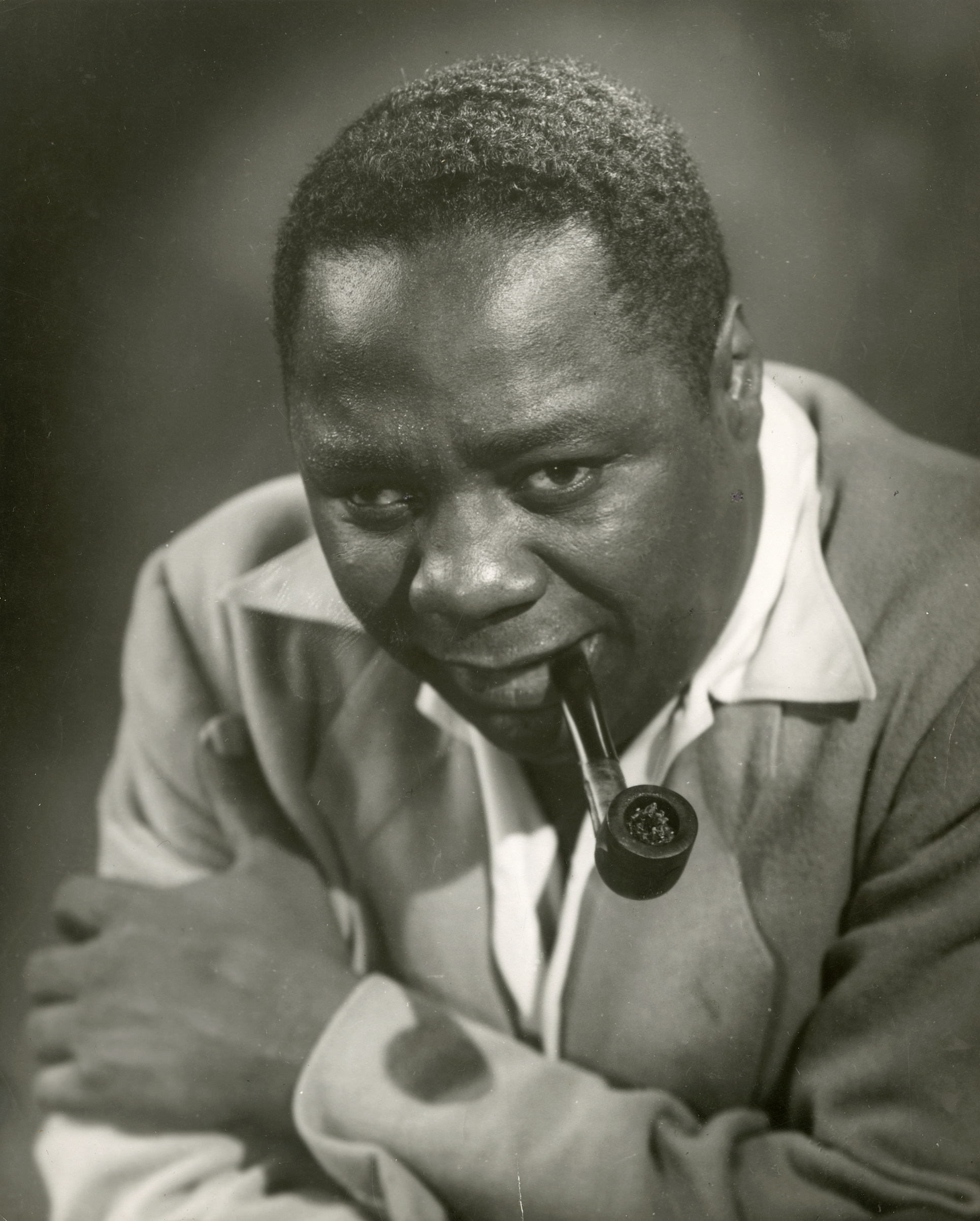
At the time of his death last year, Bill Cunningham had become one of street fashion’s most famous photographers ever. But his muse, celebrity photographer Editta Sherman, remains much less well known.
Now, her life and work are on display in an exhibit — called “The Duchess of Carnegie Hall,” a nickname given to her by Cunningham after the apartment complex where they were neighbors — at the New-York Historical Society’s new Center for Women’s History. The exhibit, which opens Friday and runs through Oct. 15, features her photographs of the great writers, artists and performers she captured while living there from the late 1940s to 2010.
Photography was in Sherman’s blood. Born in 1912 in Philadelphia, the daughter of a wedding and portrait photographer, she had grown up working in the dark room helping her father develop photos. She took up the camera herself when she was young, but it became a serious way to make a living after her husband, whose job for Dictaphone had required significant travel, had to shift to a gig closer to home for health reasons. He ended up helping her develop contacts in the photo business and doing her bookkeeping until his death in 1954, after which she proved that her professional ability extended to the business side, too. “It’s up to her [after his death] to make all the money, deal with the household, and also take photos in a man’s world — hustle using his network and developing it into her own as a woman,” says curator Marilyn Kushner.
Sherman, who is best known for her head shots, had a trick for making stars feel comfortable in front of her camera: She would let them hold a cigarette — or something else they were known for, as was the case for Betty Smith holding her hit book A Tree Grows in Brooklyn. She also had to sacrifice the urge to gossip — though Kushner says that when New York Yankees legend Joe DiMaggio sat for her, “she was dying to ask him about Marilyn Monroe” — and turn on the charismatic personality that had prompted her nickname.
And in what is perhaps the best proof of her success, great photographers wanted to her to model for them, too. For Cunningham, with whom she shared a love of collecting vintage clothes, she posed in thrift-store items in front of New York City landmarks for his 1978 book Facades. Andy Warhol photographed her too.
In 2005, when she was asked what kept her young at 92, she said it was jumping rope — and that she planned to live to “at least 100.” In fact, she died at 101 in 2013.
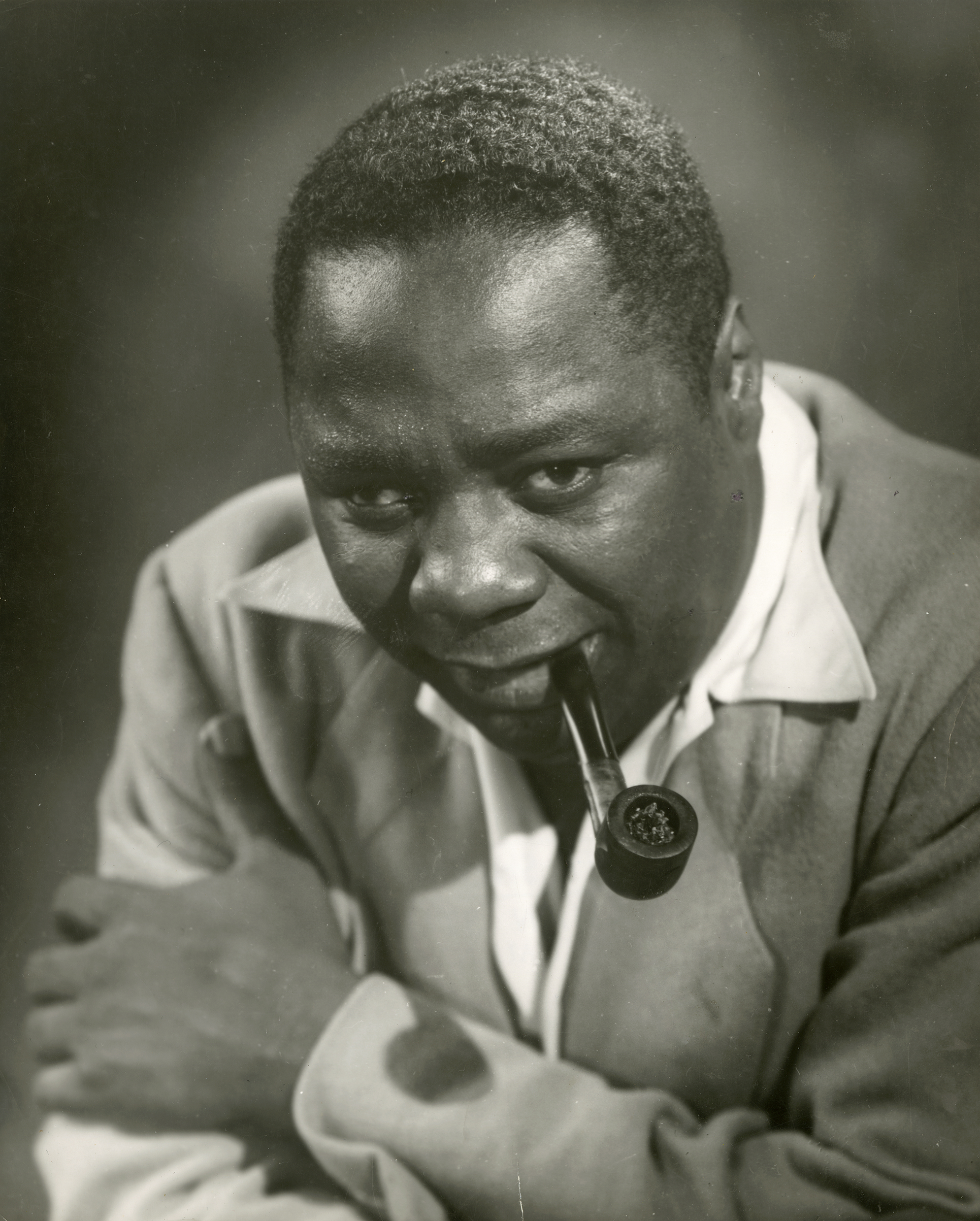
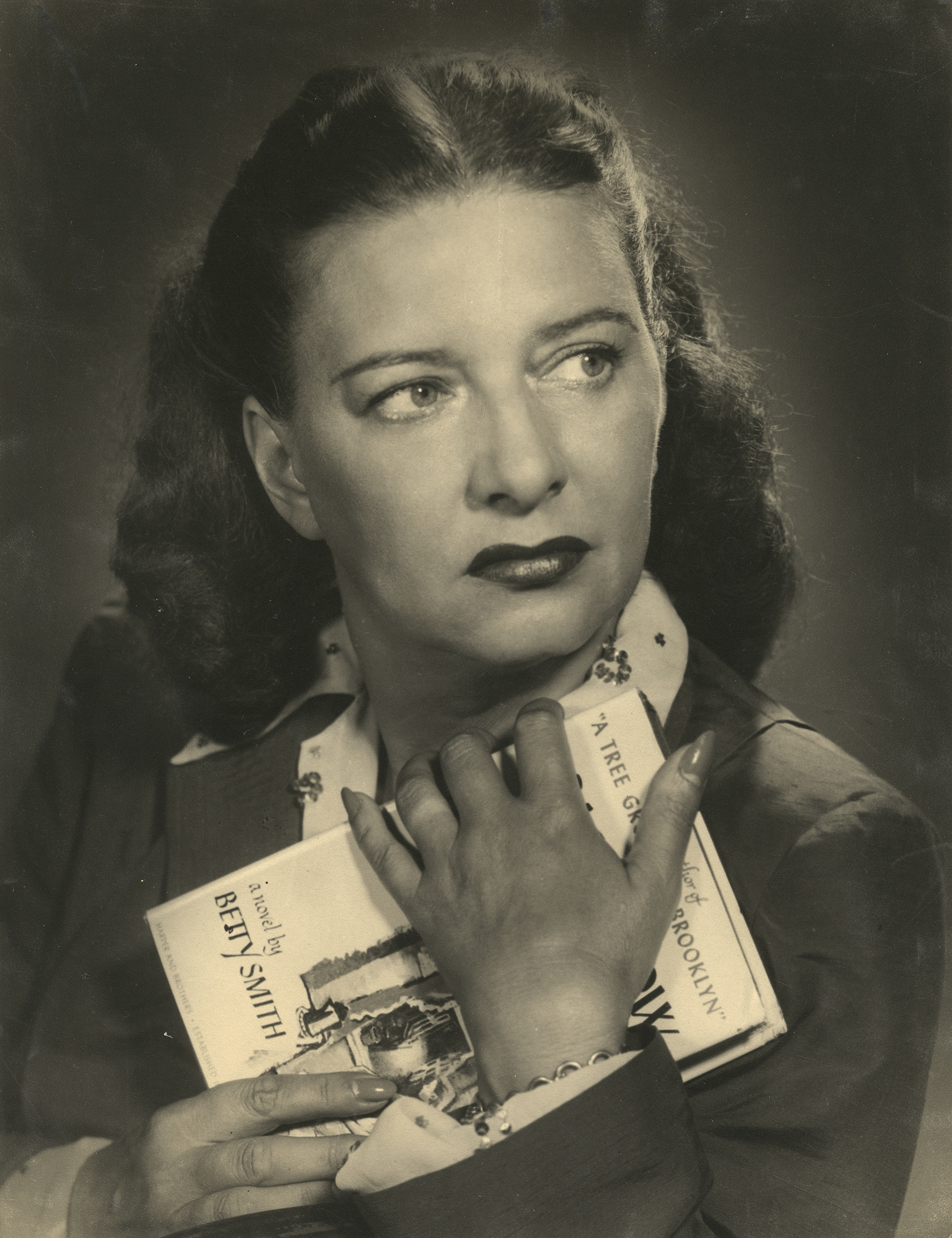
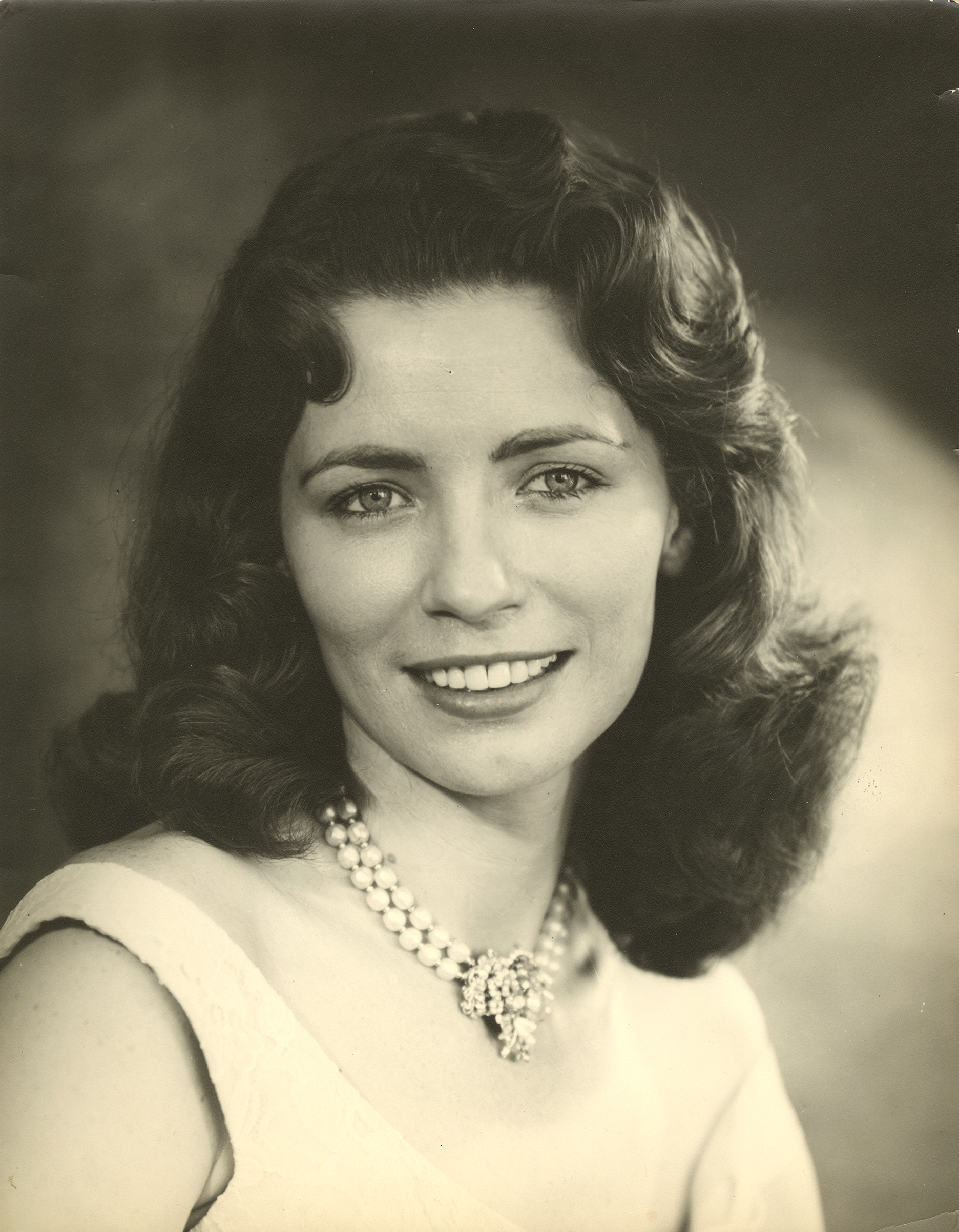
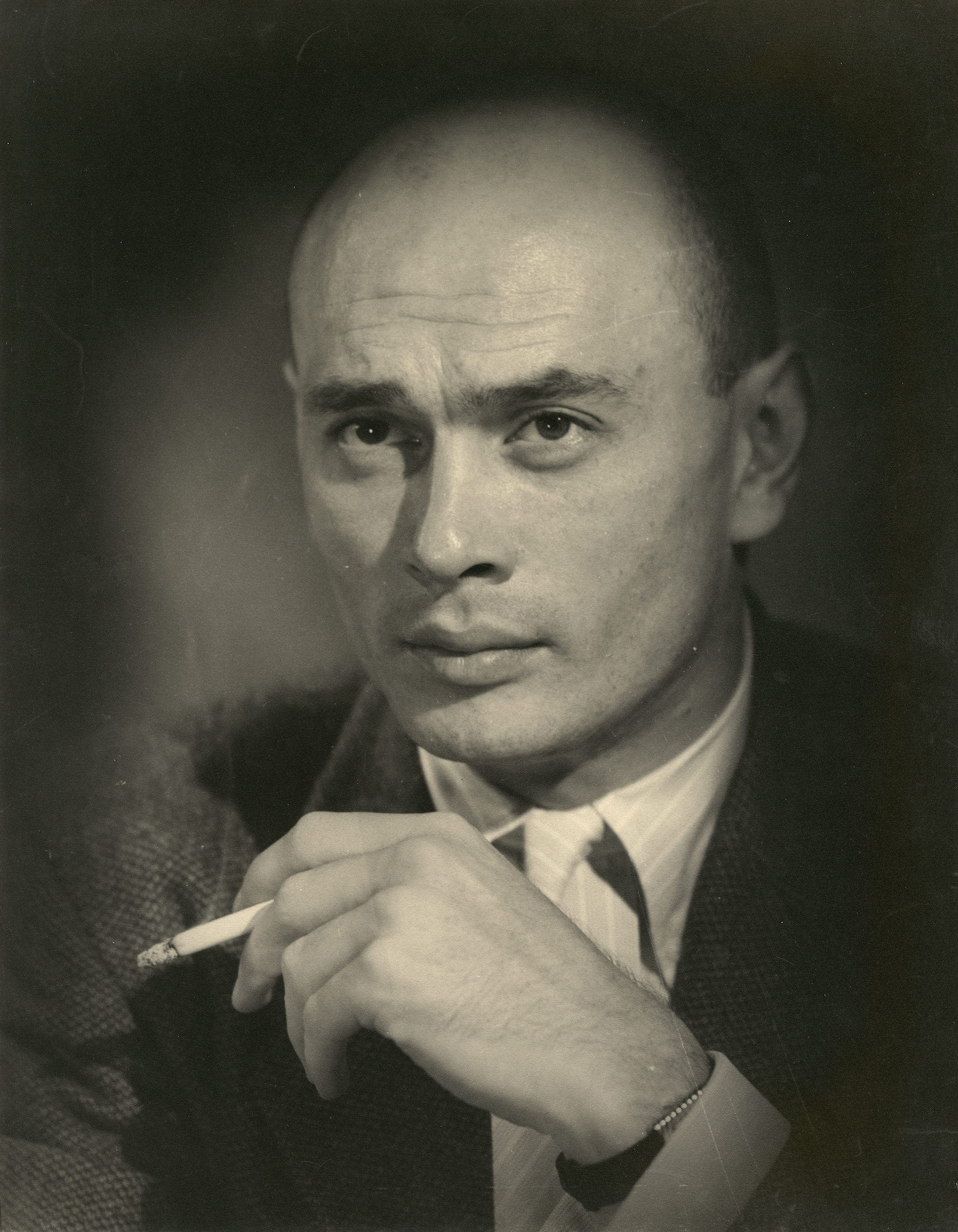
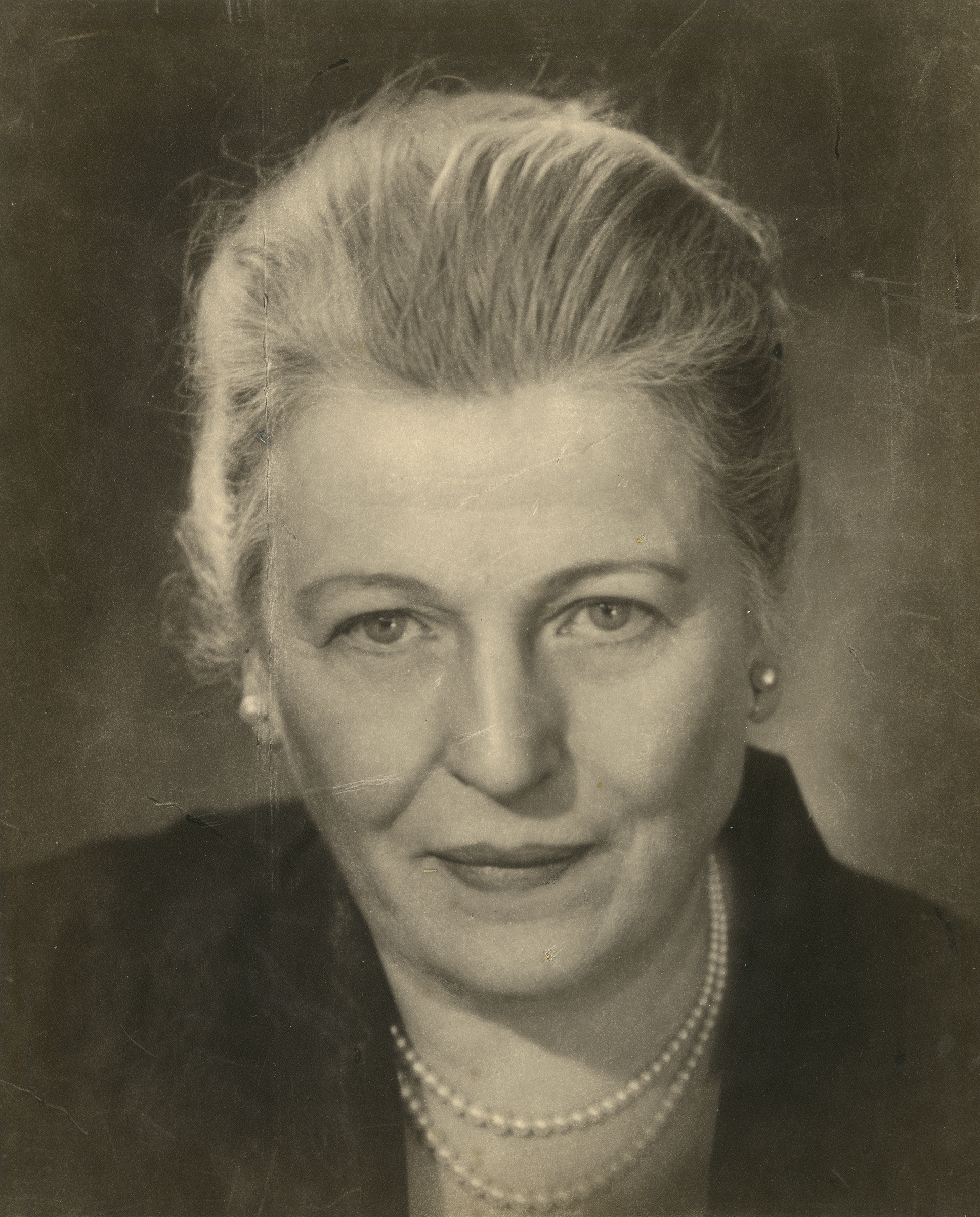
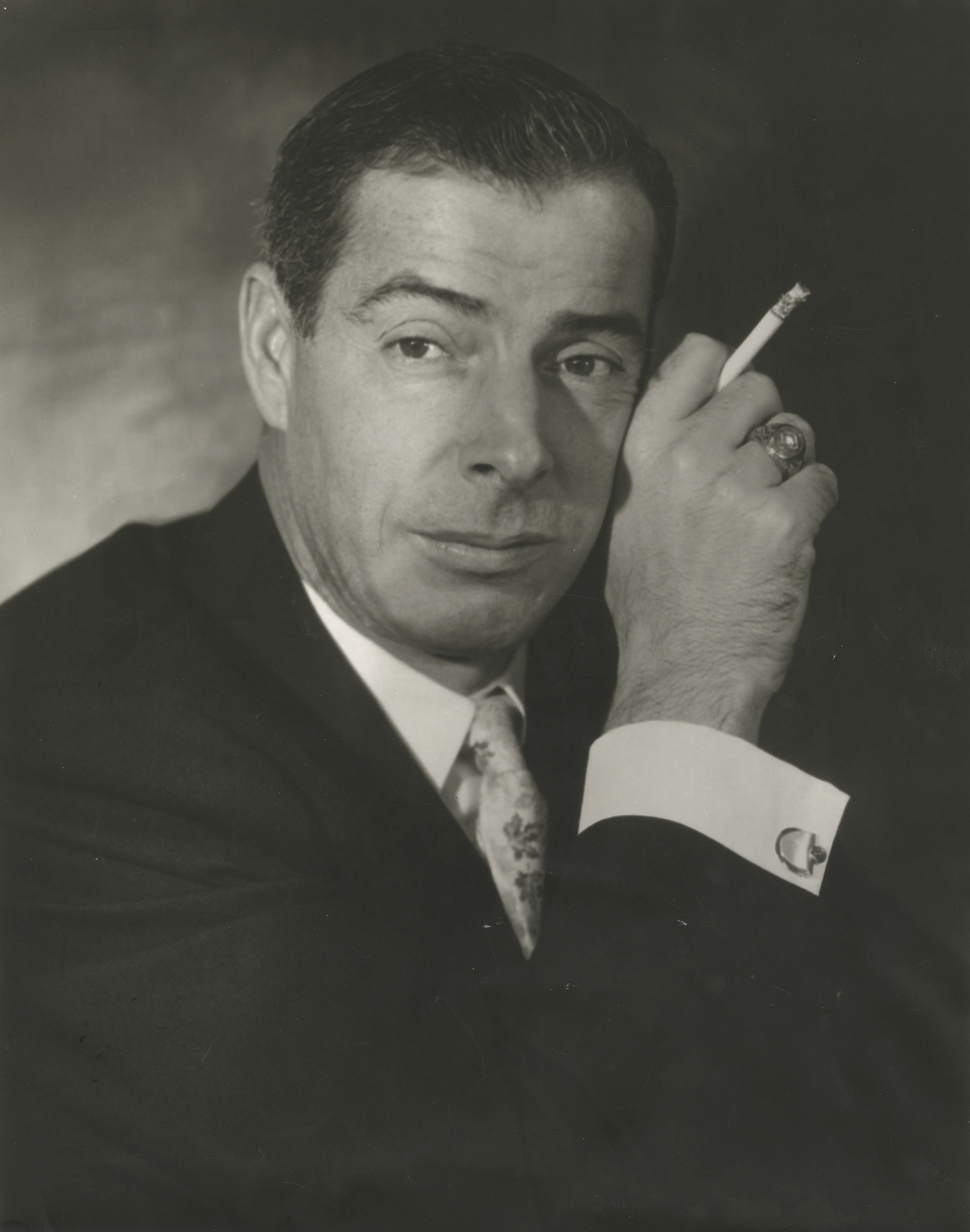
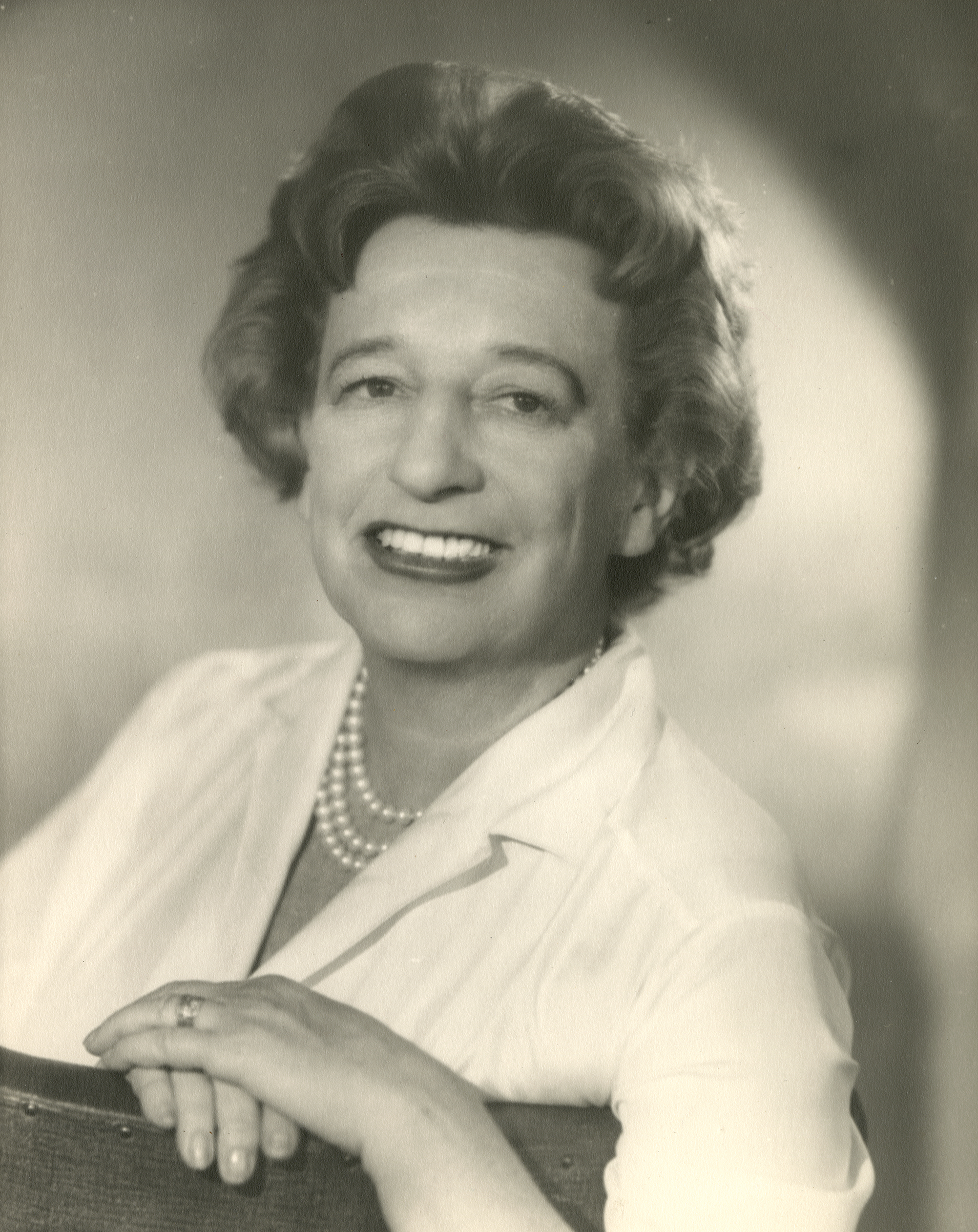
More Must-Reads from TIME
- Cybersecurity Experts Are Sounding the Alarm on DOGE
- Meet the 2025 Women of the Year
- The Harsh Truth About Disability Inclusion
- Why Do More Young Adults Have Cancer?
- Colman Domingo Leads With Radical Love
- How to Get Better at Doing Things Alone
- Michelle Zauner Stares Down the Darkness
Write to Olivia B. Waxman at olivia.waxman@time.com